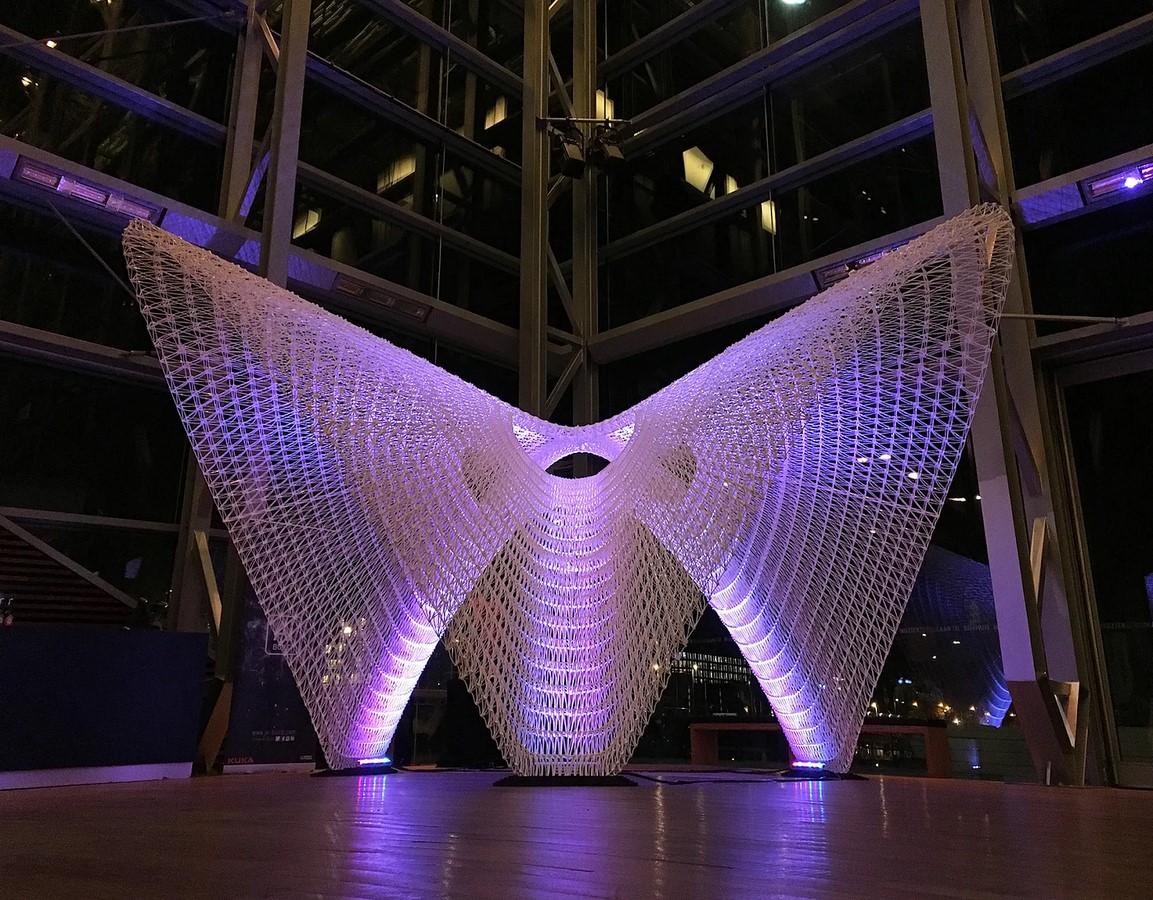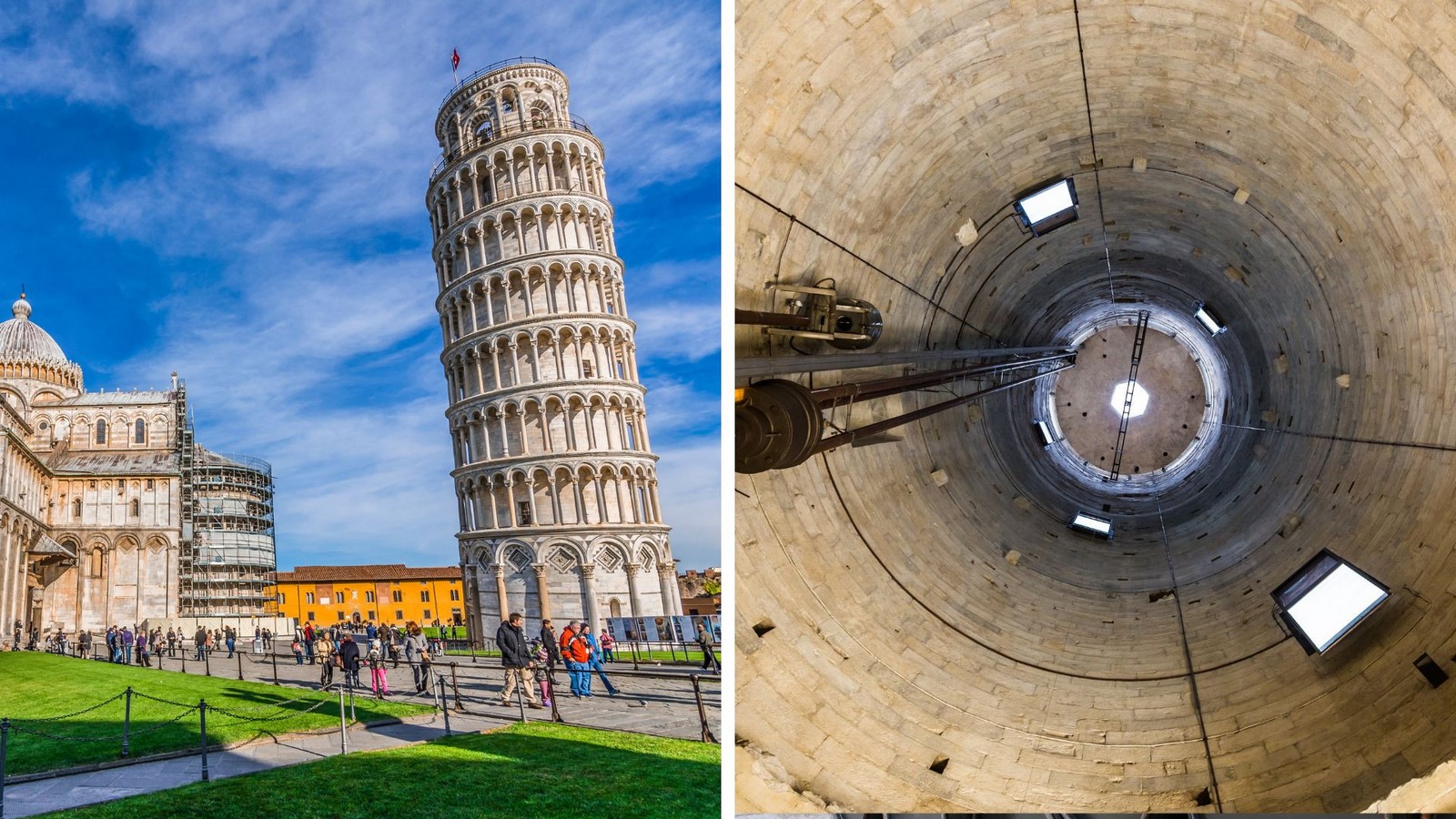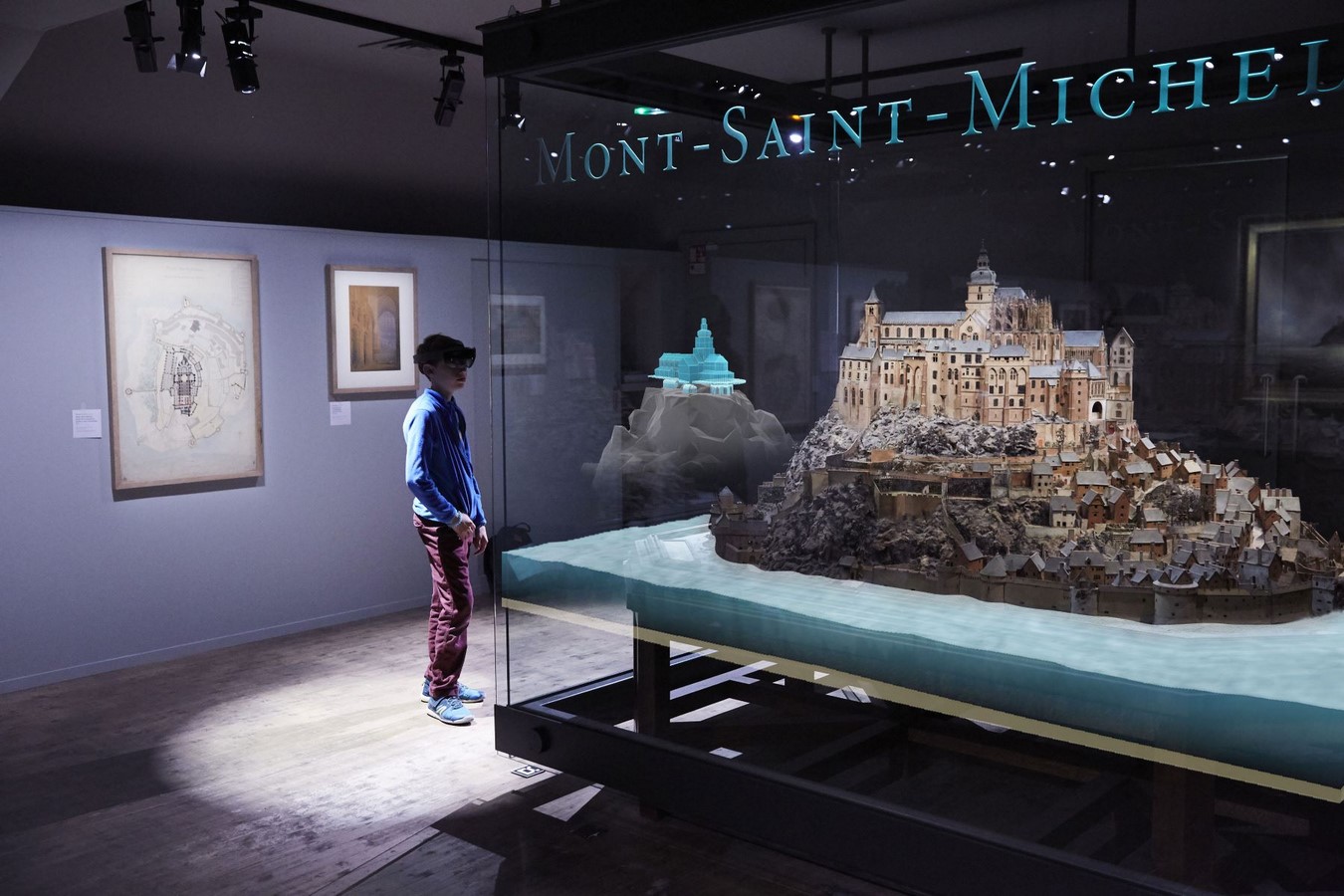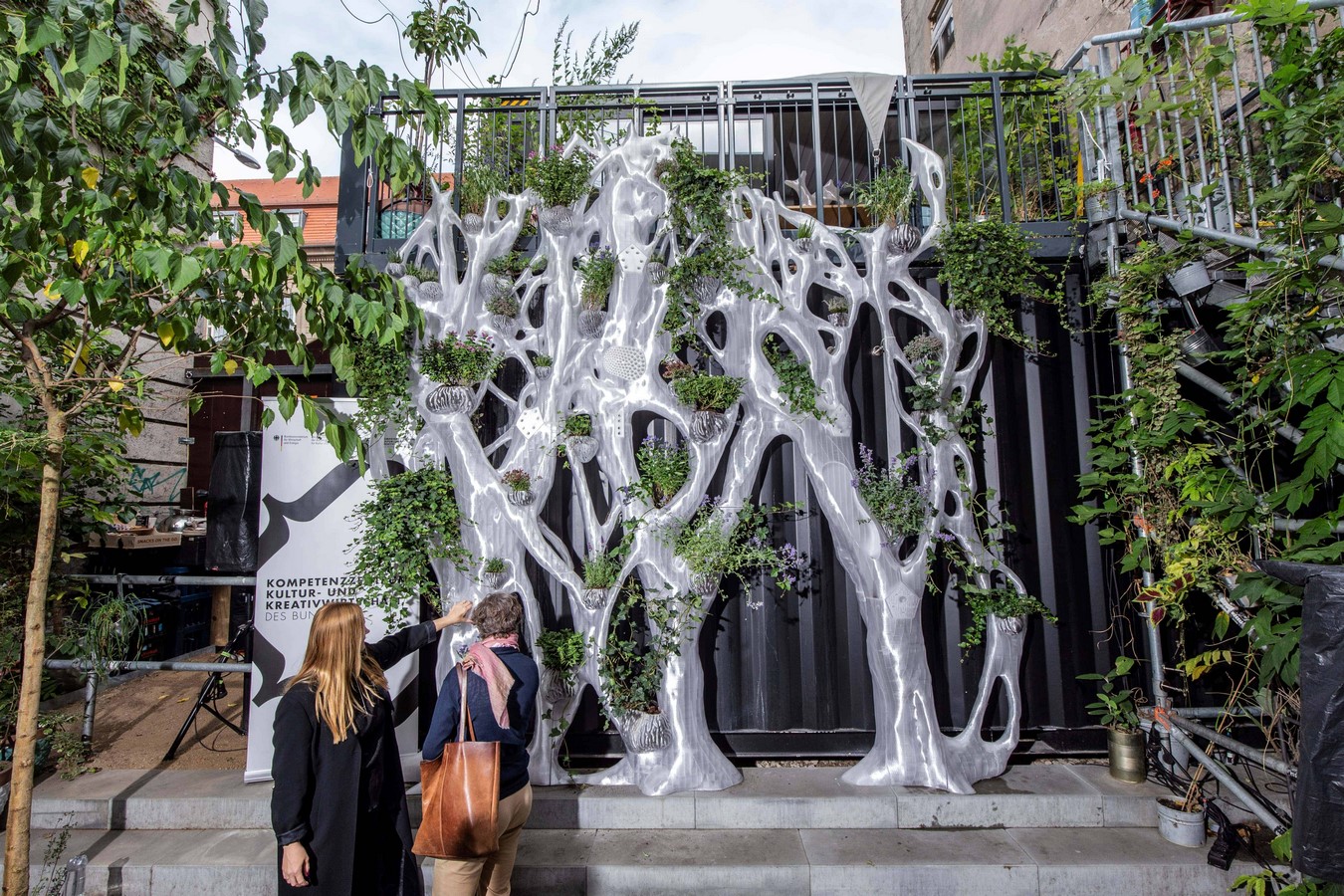Cultural heritage is a community’s essence of life, including the common experiences, beliefs, and identities that bond us together. However, with the ravages of time, war, and natural calamities, the preservation of these assets becomes paramount.
As technology threads its way into the fabric of our lives, it opens up new avenues for embracing and protecting our culture’s treasures. Leading this transformative dance are two partners: Artificial Intelligence (AI), with its intuitive understanding, and 3D printing, which crafts architectural marvels layer by layer.

How can we integrate these cutting-edge technologies into our time-honoured processes of cultural heritage preservation? And, more importantly, what does this fusion signify for us, the individuals who love these memories? In short, it is about tradition and modernity in order to keep our history alive and meaningful in a rapidly evolving world.

AI’s Crossroads and Our Common Cultural Heritage
As AI weaves its insights across several areas, its dance with cultural heritage protection offers a very compelling image. Cultural preservation is like a mosaic, crafted from pieces of art, tales from history, and, notably, the silent yet profound language of architecture. AI, including its great ability to understand and detect connections, has the opportunity to be the watchful custodian of our historical treasures.

Think of the Leaning Tower of Pisa, that age-old wonder that’s been teetering for so long. With AI as our ally, we can understand the whispers of the soil beneath it, sense the strains in its bones, and predict the moods of the skies above. This profound insight may just help us find solutions to keep the tower upright for our children and their children.

Similarly, the intricate latticework and sculptures of India’s ancient temples or the detailed frescoes in the chapels of Italy can be meticulously catalogued and monitored by AI. Through high-resolution imaging and pattern recognition, AI can detect minute changes or degradations in these structures long before the human eye, allowing for timely interventions.
Yet it’s not just about the grandeur of famed monuments. Even lesser-known architectural treasures that often go unnoticed stand to benefit. AI can gently highlight and bring forward those often overlooked places, making sure they’re not left behind in our collective memory.
Through the eyes of an architect, AI does more than just protect bricks and mortar. It is beneficial to treasure the aspirations of bygone architects, the hopes of old peoples, and the silent narratives engraved into every nook and cranny. When we combine AI with our attempts to preserve our legacy, it’s evident that we’re not simply cooperating with a computer but with a partner that intimately understands our common human experience.

3D Printing: Resurrecting the Past
On a more intimate scale, imagine a child holding a 3D-printed replica of an artefact from their lineage, connecting them to their roots in a tactile manner. This intimate connection to one’s history has the potential to mould identities and develop a sense of belonging.
Architecture has always straddled the lines between art, science, and invention. 3D printing, which was formerly mostly appreciated in the manufacturing sector, is now shining a spotlight on the preservation of architectural treasures, enabling our creative people to turn abandoned structures into ancient masterpieces with incredible accuracy.
Simply put, 3D printing is like crafting a sculpture, adding layer upon layer, in a technique we call additive manufacturing. Unlike traditional building methods that involve cutting away material (subtractive processes), 3D printing adds material layer by layer, mimicking the intricacies of historical design elements. Whether rebuilding elegant cornices, complex facades, or delicate friezes that have deteriorated over time, this accuracy becomes critical.
Take, for instance, Gothic cathedrals with their soaring spires and complex rose windows. Several of these constructions have been subjected to the ravages of time, weather, and pollution throughout the decades. 3D printing, with its ability to produce components with exact geometries, offers a chance to replace damaged stone tracery or worn-out reliefs without compromising the original design intention.

Furthermore, in cases of catastrophic damage where entire sections of historical buildings are lost, 3D printing provides architects with the tools to recreate these spaces, brick by brick, beam by beam. This is not just about replication; it’s about understanding the original load-bearing structures, buttresses, and vaults and ensuring the rebuilt sections are not just aesthetically consistent but structurally sound.
Far beyond big monuments, though, 3D printing plays an important role in grassroots architectural preservation. Imagine the numerous heritage homes and structures that dot our landscapes, each with its own set of lintels, balustrades, and mullions. With the versatility of 3D printing, even these smaller yet equally significant architectural elements can be restored, ensuring a neighbourhood’s historical fabric remains intact.
In many ways, 3D printing feels like a passionate communication from the future, connecting our rich stories of the past with today’s advances. With this technique, architects may carefully restore the timeless structures of yesteryear, ensuring that the tales they contain continue to touch our hearts and stay a part of our common journey.

Addressing the Complexities of Policy Integration in Architectural Conservation
As we enter an era in which the combination of Artificial Intelligence (AI) and 3D printing promises to redefine architectural conservation, it is critical to pause and consider the problems that lie ahead. The combination of ancient buildings with cutting-edge technology offers both opportunities and risks.
Authenticity vs. Replication
One of the foremost concerns arising from the integration of 3D printing in architectural conservation is the authenticity of the reconstructed elements.
Ethical Decision-Making in AI’s Hands
Equally significant is the ethical realm of AI-guided preservation. With massive amounts of data, AI can filter through, analyse, and direct our conservation efforts. Yet, safeguarding architecture is more than just looking after bricks and beams. It’s about valuing the stories they tell, the memories they hold, and the cultural impressions they leave on our collective hearts.
Human Touch: The Irreplaceable Cornerstone
Amidst this technological surge, policies must emphasize the irreplaceable essence of the human touch. While AI can guide and 3D printing can recreate, it’s the human perspective, steeped in cultural understanding and emotional nuance, that discerns the soul of a structure.
Technologies ought to walk beside us, amplifying our skills without dimming the deep-rooted bond we share with our architectural history.
As we journey through the crossroads of preserving architecture and embracing modern tools, our guiding principles need to be woven with care and vision. This isn’t just about protecting bricks and stones; it’s about cradling the very pulse of our history, ensuring its rhythm continues to resonate for generations ahead.
Conclusion: Imagining a Cultural Protection for the Future
Consider AI and 3D printing as collaborators, assisting us in embracing and protecting the tales and experiences we cherish. Let us always keep this sincere reminder in mind as we innovate in our preservation efforts: We’re not only doing this for today, but for every tomorrow, ensuring that our shared stories continue to inspire and link us all.
Cultural heritage is a memorial to our shared history, and its preservation requires a precise mix of technology and human touch. While artificial intelligence and 3D printing are revolutionary, there are still concerns about authenticity and ethics. cal dilemmas. It is up to us, the keepers of these memories, to discover a way forward that respects both ancient wisdom and modern ideas. Our beautiful tapestry of stories will continue to reverberate in this way, uniting hearts for many more generations.
References
Masciotta, M.G., Sanchez-Aparicio, L.J., Oliveira, D.V. and Gonzalez-Aguilera, D., 2023. Integration of laser scanning technologies and 360º photography for the digital documentation and management of cultural heritage buildings. International Journal of Architectural Heritage, 17(1), pp.56-75.
Gireesh Kumar, T.K., 2021. Designing a Comprehensive Information System for Safeguarding the Cultural Heritage: Need for Adopting Architectural Models and Quality Standards. Library Philosophy and Practice (e-journal), 2021(5392), pp.1-19.
Skublewska-Paszkowska, M., Milosz, M., Powroznik, P. and Lukasik, E., 2022. 3D technologies for intangible cultural heritage preservation—literature review for selected databases. Heritage Science, 10(1), pp.1-24.
AI-Detector


















